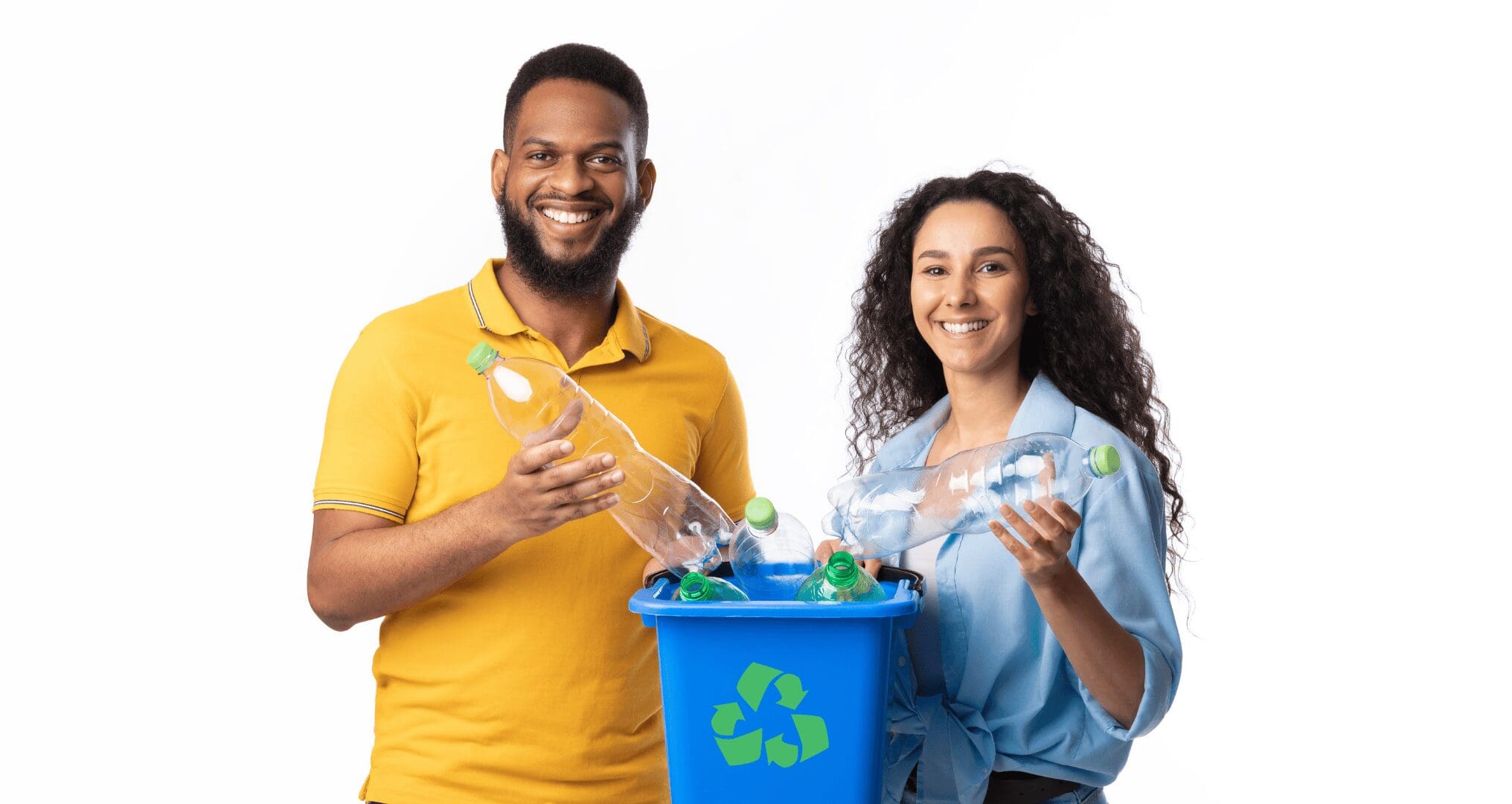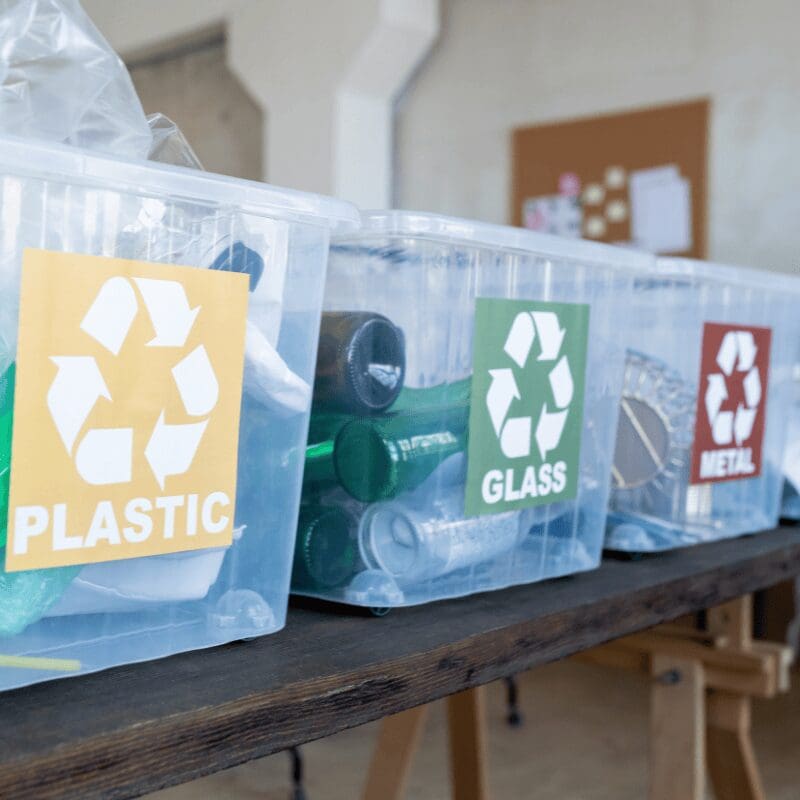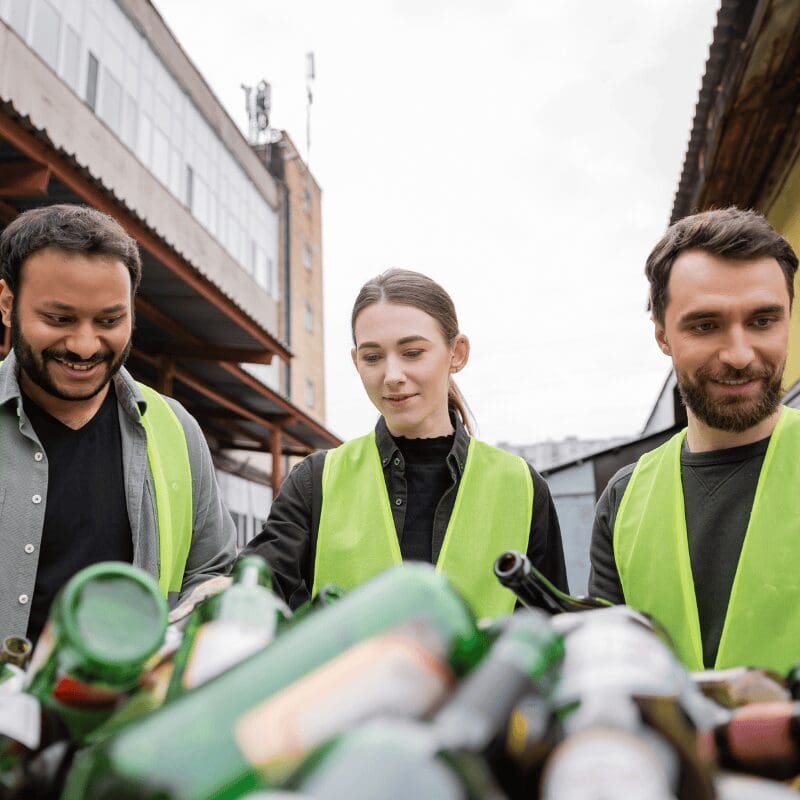Why Some Plastics Are Hard to Recycle

Plastics have become an integral part of our daily lives, from the containers that keep our food fresh to the gadgets we can’t live without. But this convenience comes with a price tag that businesses across Cincinnati, OH, know all too well. Plastic usage also comes with the perplexing difficulty of recycling. It’s a challenge that often leaves us here at Office H2O with the nagging feeling of whether our efforts are truly making a difference.
So, let’s take a look at some of Cincinnati’s recycling programs and offer insights into the local initiatives and consumer habits that can tip the scale towards a more sustainable future not just for the city but for the surrounding communities.
The Complexity Behind Plastic Recycling
Recycling is a familiar term, but the process itself is often shrouded in mystery, especially when it comes to plastics. Here, we’ll unpack why some plastics, despite good intentions, don’t see the circular life we expect of them.
Understanding the Codes
Ever noticed a small triangle with a number inside on your plastic containers? These Resin Identification Codes (RICs) are a standard way to indicate the type of plastic and are instrumental in sorting during recycling. For curbside recycling programs, #1 (PET) and #2 (HDPE) plastics are typically the easiest and most profitable to recycle. But what about the rest?
Challenges Along the Way
The common recycling symbols mislead many Cincinnati residents and business owners into thinking that all plastics are equally recyclable. Yet, #3 (PVC), #4 (LDPE), #6 (PS), and #7 (Other) often end up as mixed plastics, which are significantly harder to process and often not accepted by conventional recycling facilities.
Contamination is Common
Contamination in the recycling stream is a significant barrier to the efficiency of recycling programs, exacerbating the challenges already present. Despite the best intentions, the reality is that everyday recycling bins often become dumping grounds for non-recyclable items and regular trash. This is largely due to carelessness or a lack of awareness about what can and cannot be recycled. When recyclables are mixed with food waste, hazardous materials, or other contaminants, the entire batch can be rendered useless. This not only undermines the efforts of individuals attempting to recycle responsibly but also leads to increased operational costs for recycling centers. Ultimately, contaminated materials are frequently diverted to landfills, negating the potential environmental benefits of recycling and contributing further to the waste problem.

Navigating the Maze of Problem Plastics
In the intricate landscape of plastic recycling, not all plastics are created equal — each type serves a unique purpose, from robust packaging that withstands transport to flexible films that protect our food. For business owners navigating the sea of plastic types, the task can feel akin to decoding a complex puzzle. Each piece of plastic, whether it’s the sturdy PET bottle or the versatile HDPE container, plays a pivotal role in our daily operations and sustainability goals.
Single-Use Plastics
As the name suggests, single-use plastics are items designed for a brief one-time application before being disposed of or recycled. In the workplace, these can range from disposable coffee cups and water bottles to packaging materials. Even the ice bags you buy on hot summer days are single-use. Plastic bottles and jugs, commonly utilized for beverages and cleaning products, epitomize single-use plastics.
Despite their convenience and the essential roles they play in daily operations, these items often contribute to the surging waste dilemma. They are procured in large quantities, used briefly, and then discarded, embodying the challenges facing businesses in achieving sustainability ambitions. Recognizing and categorizing these materials correctly is a vital step in addressing the broader issues of plastic pollution and recycling inefficiencies.
Composite Materials
Composite materials, particularly those used in flexible food packaging, present a formidable challenge in the recycling process. These packages, often a fusion of plastics, paper, and metal, are designed to enhance product shelf life and provide convenience. However, their intricate layered structure makes them nearly impossible to separate with conventional recycling equipment.
In Cincinnati, like in many other locales, the complexity of recycling these multi-material packages tests the limits of existing infrastructure. Not only do they require specialized machinery to segregate the components, but they also pose a risk of damaging the equipment, leading to downtime and additional costs. This complexity significantly hinders the city’s capacity to manage these materials efficiently, exacerbating the broader challenge of sustainable waste management.
Pioneering Local Solutions in Cincinnati
Cincinnati, with its vast industrial and entrepreneurial spirit, doesn’t shy away from a challenge. Several local initiatives and solutions are already in place, marking strides toward a more comprehensive plastic recycling system.
Investing in Infrastructure
Cincinnati businesses and residents have access to a burgeoning recycling infrastructure capable of addressing some of the challenges highlighted above. The city has made significant investments in state-of-the-art sorting and processing facilities that not only handle common recyclables more efficiently but also tackle the more problematic categories of plastics. For instance, the establishment of specialized drop-off centers for electronic waste, household chemicals, and certain types of plastics underscores a tailored approach to handling hazardous and hard-to-recycle items. Additionally, Cincinnati encourages private-public partnerships, fostering innovation in recycling technologies and practices. Such initiatives, coupled with community education programs aimed at reducing contamination, are pivotal in enhancing the city’s recycling efficacy and moving towards a more sustainable waste management model.
Educational Campaigns
Educational campaigns in Cincinnati have taken a dynamic and collaborative turn, with local organizations and even sports teams joining forces to shed light on recycling practices and environmental stewardship. For instance, the Cincinnati Reds have partnered with environmental groups to promote recycling at their games, illustrating the impact of collective effort in sports venues, where waste generation is substantial.

Schools, community centers, and local businesses have been engaged in workshops and seminars, often led by sustainability experts, to elucidate the nuances of recycling different materials, the importance of reducing contamination, and the broader effects of waste on the environment. These campaigns harness the power of community influence, leveraging local figures and familiar settings to foster a culture of environmental responsibility that resonates across different sections of the city. Through these educational initiatives, Cincinnati is not only addressing the immediate challenges of recycling but is also nurturing an eco-conscious mindset among its residents for future sustainability.
The Future of Plastic Recycling in Cincinnati
Despite the intricacies of recycling, Cincinnati is poised to lead the way in sustainable waste management. By understanding the obstacles faced and participating in local solutions, Cincinnatians are crafting a future where plastic can truly be circular.
This isn’t just about meeting recycling quotas; it’s about preserving the city’s environmental legacy and ensuring a healthy habitat for current and future generations. As a community, Cincinnati holds the power to influence positive change, one plastic piece at a time.
However, it’s important to remember that the conundrum of hard-to-recycle plastics isn’t a Cincinnati-exclusive problem. It’s a global puzzle, and Cincinnati’s strategies can serve as a blueprint for other communities striving to overcome these recycling challenges. In the end, it’s the collective effort of local businesses, government, and individuals that will dismantle this puzzle and transform it into a picture of eco-responsibility and sustainability.
While the challenge of reducing plastic pollution and enhancing recycling efforts in cities like Cincinnati is multifaceted, innovative solutions like Office H2O’s bottleless water and ice systems represent a significant step towards mitigating this issue. By eliminating the need for single-use plastic bottles and jugs, Office H2O not only helps businesses reduce their plastic dependency but also contributes to a broader environmental impact by cutting down on unnecessary waste. While this initiative alone won’t solve the global problem of plastic pollution, it’s a critical part of a larger, comprehensive strategy aimed at creating a more sustainable and waste-conscious world. In the fight against plastic pollution, every action counts, and Office H2O’s efforts exemplify how businesses can play a pivotal role in shaping a more responsible and eco-friendly society.
Contact us today to get your FREE 7-day trial started and be well on your way to being a plastic-free company!
